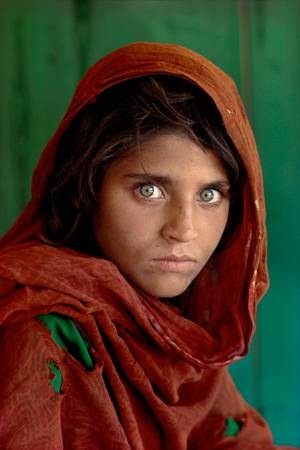
Ah! The growing digital age, some might say. Kodak bids adieu to its oldest film stock – Kodachrome, because of the slump in the customer demand.
Introduced in 1935 and manufactured by Eastman Kodak, Kodachrome was the first successfully mass-marketed color still film using a subtractive method, in contrast to earlier additive “screenplate” methods. It remained the oldest brand of color film. It was for many years used for professional color photography, especially for images intended for publication in print media.
Yesterday, Eastman Kodak Company announced the end of Kodachrome production.
Kodak derives about 70% of its revenues from commercial and consumer digital businesses. It is the global leader in the film business. In the past 3 years, Kodak has introduced innovative new film products to market, including seven new professional still films and several new VISION2 and VISION3 motion picture films.
Recently-discontinued Kodachrome products
- Kodachrome 64 film in 120 format was discontinued in 1996.
- Kodachrome 25 was discontinued in 2002. Many point to the introduction of Velvia or the decline in quality of processing as the reason for its demise.
- Kodachrome 40 in the Super 8 movie format, despite protests from filmmakers. Kodak launched a replacement color reversal film in the Super 8 format, Ektachrome 64T, which uses the common E6 chemistry.
- Kodachrome 200 was discontinued in November 2006. The last emulsion batch was numbered 2672, labeled with the expiration date September 2008.
- Kodachrome 64 and Kodachrome 64 Professional 135 format were discontinued in June 2009.
Kodachrome was favored by still and movie photographers for its rich but realistic tones, vibrant colors and durability.
Says Mary Jane Hellyar, President of Kodak’s Film, Photofinishing and Entertainment Group:
“KODACHROME Film is an iconic product and a testament to Kodak’s long and continuing leadership in imaging technology. It was certainly a difficult decision to retire it, given its rich history. However, the majority of today’s photographers have voiced their preference to capture images with newer technology – both film and digital. Kodak remains committed to providing the highest-performing products – both film and digital – to meet those needs.”
Steve McCurry, a well-known professional photographer who used KODACHROME Film, had captured the award winning photo of a young Afghan girl that touched the hearts of millions of people around the world as she peered hauntingly from the cover of National Geographic Magazine in 1985.

Click on the link to view the slideshow of great KODACHROME moments
(Image credit: Steve McCurry)